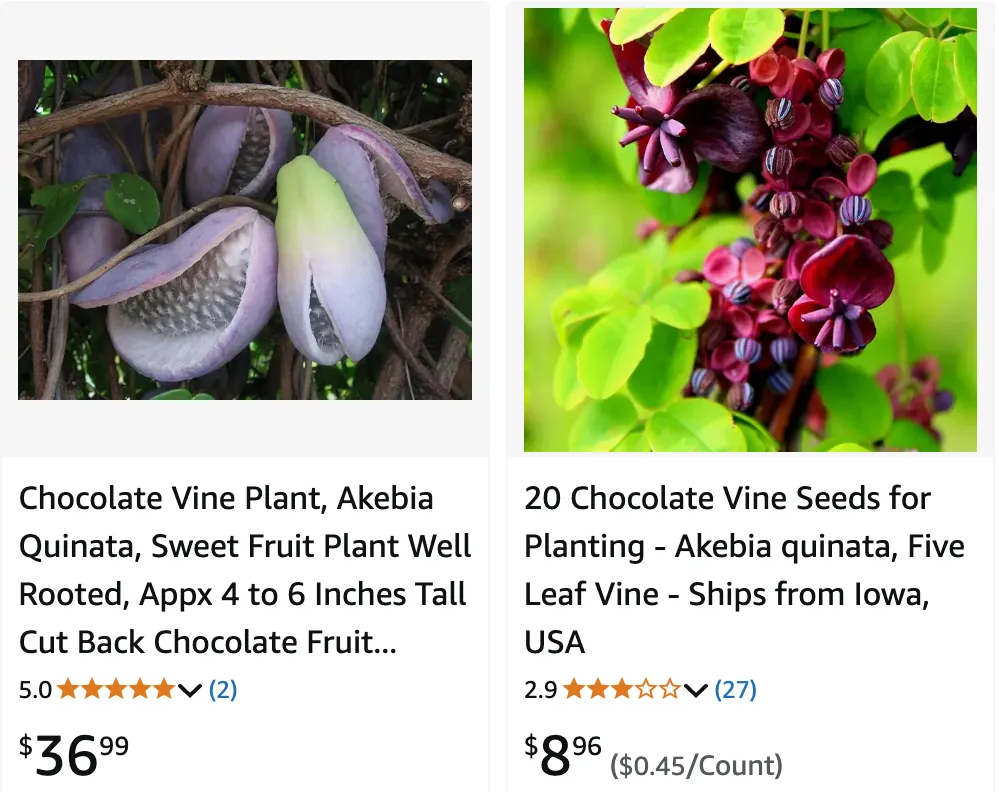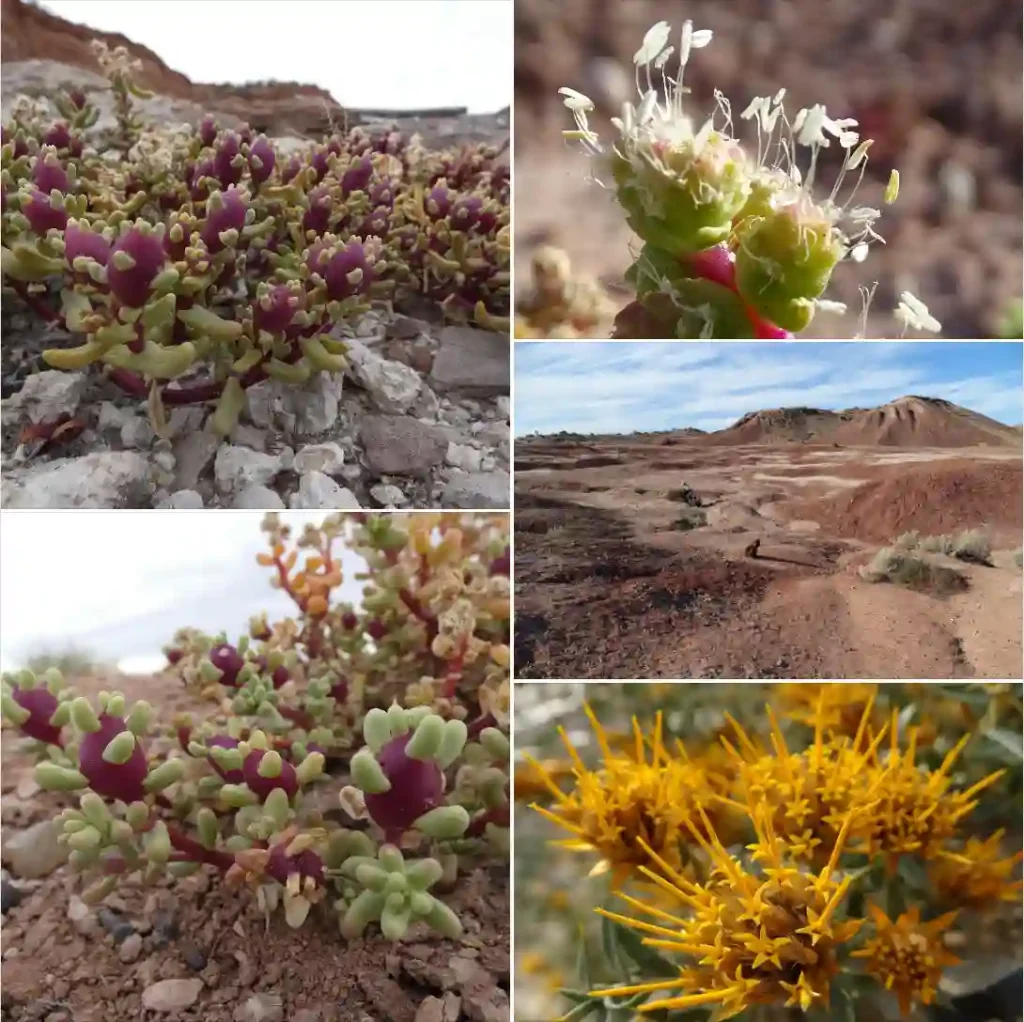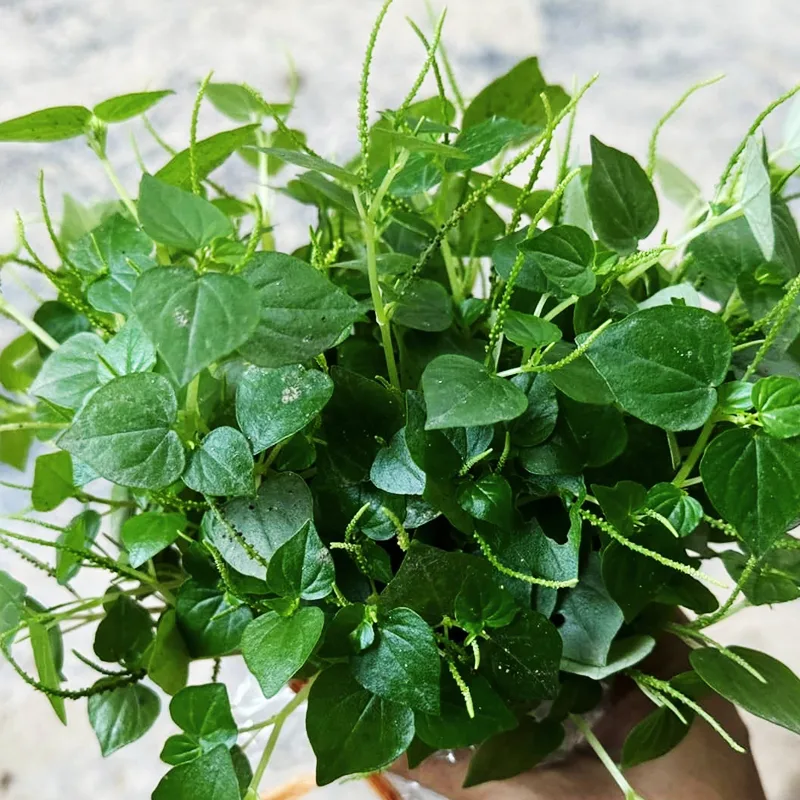
May 4 – Akebia
"Akebia, the chocolate vine, represents May 4."
Akebia stands for mystery and allure. You have an enigmatic charm, captivating those around you with your unique perspective. Like its fragrant flowers and unusual fruits, you’re both intriguing and delightful.
Akebia: A Charming Genus With a Twist
I’ve always been drawn to the unusual, the plants that buck the trends and offer something a little different. That’s why I find myself captivated by the genus Akebia, a group of climbing vines with a unique charm belong to the Lardizabalaceae family. Native to East Asia, these plants have made their way into gardens around the world, and for good reason. They’re relatively easy to care for, their foliage is attractive, and their flowers… well, their flowers are something else entirely.
A Floral Feast for the Senses
Imagine a cluster of chocolate-purple blossoms dangling from a delicate vine, their fragrance a subtle mix of spice and sweetness. That’s Akebia in bloom. The flowers are typically small, but they make up for their size with sheer quantity and an alluring aroma. Some even describe the scent as vanilla-like, adding another layer to this sensory experience.
But the real showstopper is the fruit. Akebia produces sausage-shaped pods that, when ripe, split open to reveal a creamy white flesh speckled with black seeds. This pulp is sweet and edible, with a flavor that some liken to a mix of banana and passionfruit. It’s a unique taste, one that I find both refreshing and intriguing.
Exploring the Species
The genus Akebia is relatively small, with only a handful of recognized species. Here are:
- Akebia quinata: Perhaps the most well-known species, commonly called the “chocolate vine” or “five-leaf akebia.” As the name suggests, its leaves are divided into five leaflets, giving it a delicate, almost lacy appearance. This species is a vigorous climber, often used to cover fences, trellises, and even walls. Plant FAQs: Akebia Quinata – Chocolate Vine
- Akebia trifoliata: Known as the “three-leaf akebia,” this species is similar to A. quinata but, as you might guess, has leaves with three leaflets. It tends to be less vigorous than its five-leafed cousin, but it still offers the same charming flowers and intriguing fruit.
- Akebia longeracemosa: This species is less common in cultivation, but it’s notable for its longer flower racemes. It’s also known for its hardiness, able to withstand colder temperatures than other Akebia species.
- Akebia apetala (Quan Xia, J.Z.Sun & Z.X.Peng) Christenh.
- Akebia longisepala (H.N.Qin) Christenh.
- Akebia × pentaphylla (Makino) Makino
A Gardener’s Delight (and Challenge)
While Akebia vines offer a lot to love, they also present a few challenges. They can be vigorous growers, sometimes to the point of becoming invasive. It’s important to keep an eye on them and prune regularly to prevent them from taking over your garden.
Another thing to keep in mind is that Akebia often requires cross-pollination to produce fruit. This means you’ll need to plant at least two different cultivars or species near each other to ensure a good harvest. But trust me, the effort is worth it. Those unique, sausage-shaped fruits are a real treat, both for the eyes and the taste buds.
Beyond the Garden
Akebia isn’t just a pretty face. It also has a history of use in traditional medicine, particularly in East Asia. The vines and roots have been used to treat a variety of ailments, from pain and inflammation to digestive issues. Modern research is even exploring the potential of Akebia compounds in cancer treatment.
Beyond its medicinal uses, Akebia has also found its way into the culinary world. The fruit can be eaten fresh, but it’s also used to make jams, jellies, and even wine. The young shoots and leaves are also edible, often added to salads or stir-fries for a unique flavor.
A Personal Connection
For me, Akebia represents more than just a beautiful plant. It’s a symbol of the unexpected, a reminder that beauty and intrigue can be found in the most unassuming places. It’s a plant that encourages exploration, inviting you to delve deeper into its unique characteristics and discover its hidden treasures. Whether you’re a seasoned gardener or simply appreciate the wonders of the natural world, I encourage you to get to know Akebia. You might just find yourself falling in love with its quirky charm, just as I have.
If i die, water my plants!



